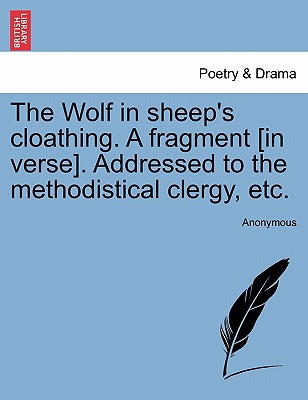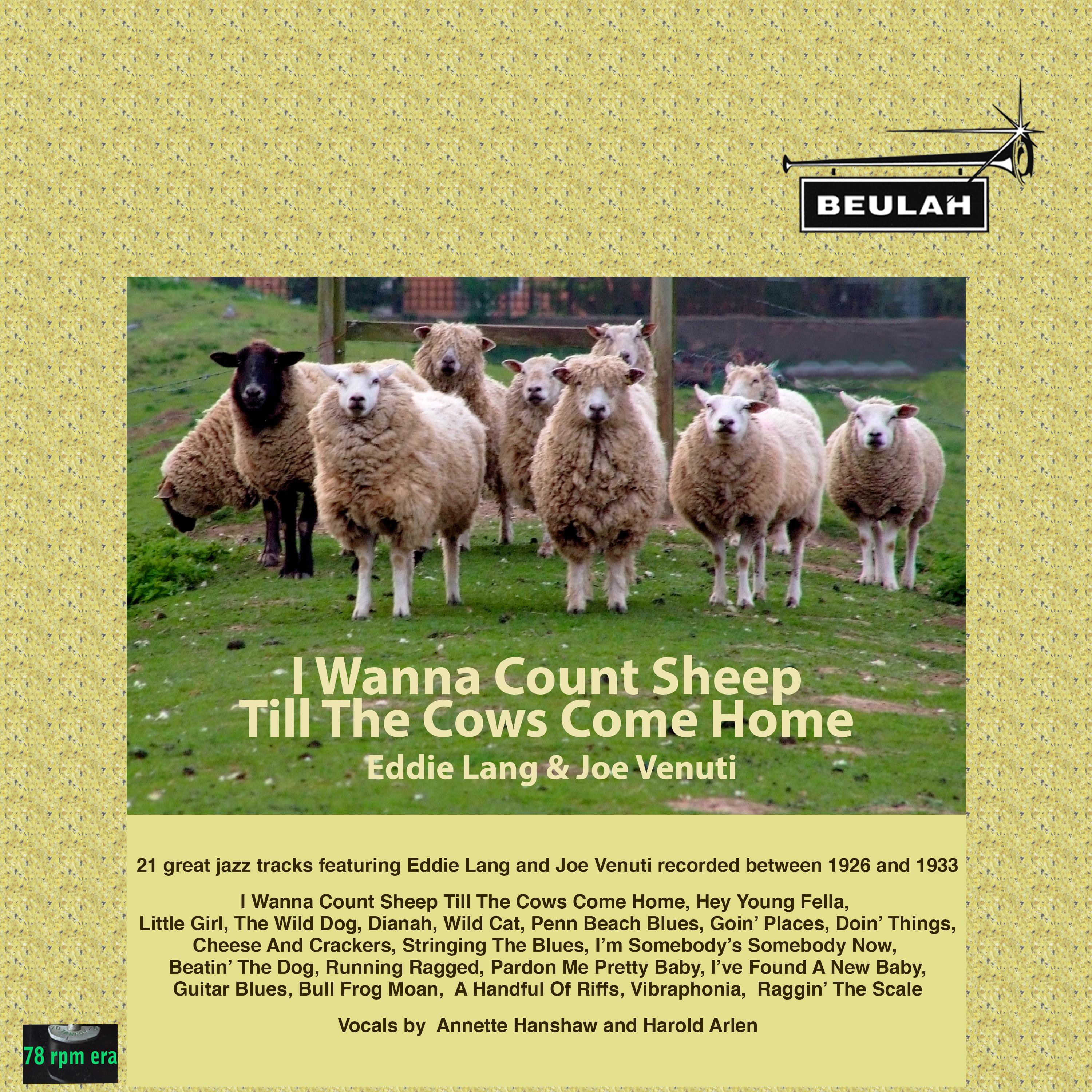Title: The Difference between Sheep Wool and Cashmere
Cashmere and sheep wool are two types of natural fibers, both of which are commonly used in clothing and textiles. However, there are significant differences between the two, which are outlined below:Firstly, cashmere is derived from the coat of cashmere goats, while sheep wool is obtained from the fleece of sheep. The cashmere goat is a breed of goat that produces a fine, soft undercoat, which is then processed to make cashmere yarn and fabric. Sheep, on the other hand, have a coarser and less dense coat that is used to make sheep wool yarn and fabric.Secondly, cashmere and sheep wool have different qualities and characteristics. Cashmere is known for its softness, warmth, and durability, while sheep wool is often used for its strength and resilience. Cashmere also has a higher level of elasticity and is more prone to abrasion than sheep wool.Thirdly, cashmere and sheep wool have different applications in the textile industry. Cashmere is often used to make high-end clothing, such as sweaters, coats, and scarves, while sheep wool is more commonly used to make everyday clothing and textiles, such as blankets, quilts, and towels.In conclusion, cashmere and sheep wool are both valuable natural fibers, but they have significant differences in their source, qualities, characteristics, and applications in the textile industry.
Sheep wool and cashmere are both natural fibers, but they have significant differences in their physical properties, production methods, and applications. This article will explore the main points of distinction between these two types of wool.

Firstly, the source of the fibers is different. Sheep wool comes from sheep, while cashmere comes from cashmere goats. Cashmere goats are a special breed of goat that produces a finer and more delicate wool than sheep. This means that cashmere wool is generally more expensive and of a higher quality than sheep wool.
Secondly, the physical properties of the two types of wool are different. Sheep wool is coarser and thicker than cashmere, with a longer staple length. Cashmere, on the other hand, is much finer and softer, with a shorter staple length. This difference in physical properties affects the way the wool feels when worn and also has an impact on its performance in different applications.
Thirdly, the production methods for the two types of wool are different. Sheep wool is generally harvested from sheep by shearing or plucking the fibers from their fleece. Cashmere, however, is obtained from cashmere goats by using a special comb to brush the fine fibers from their undercoat. The process of harvesting cashmere is much more labor-intensive and time-consuming than harvesting sheep wool, which explains why cashmere is generally more expensive.
Fourthly, the applications for the two types of wool are different. Sheep wool is commonly used in making clothing, blankets, and other textile products that require a stronger and more durable fiber. Cashmere, on the other hand, is often used in making luxury clothing, scarves, and other accessories that require a finer and more elegant fiber. Cashmere is also often used in making home furnishings such as upholstery and throw cushions because of its soft and luxurious feel.

Finally, it is important to note that while cashmere is generally more expensive and of a higher quality than sheep wool, there are also some drawbacks to using cashmere. One major drawback is that cashmere fibers are much shorter than sheep wool fibers, which makes it more difficult to spin into yarn and weave into cloth. Additionally, cashmere is also prone to pilling and matting when worn frequently or washed improperly. This can affect the appearance and performance of cashmere products over time.
In conclusion, there are significant differences between sheep wool and cashmere in terms of their source, physical properties, production methods, applications, and drawbacks. When choosing between these two types of wool for a particular application or product, it is important to consider all of these factors to ensure that the final product meets the desired criteria in terms of quality, performance, and cost.
Articles related to the knowledge points of this article:
Title: The Exquisite World of Luxury Ties: An Exploration of the Finest Tie Brands
Title: The Art of Tie Clip placement: A Guide to Perfection
How to Tie a tie: A Comprehensive Guide with Visual Instructions for Men
Title: Mastering the Art of Tie Knots: A Comprehensive Guide to 15 Different Tie Styles



